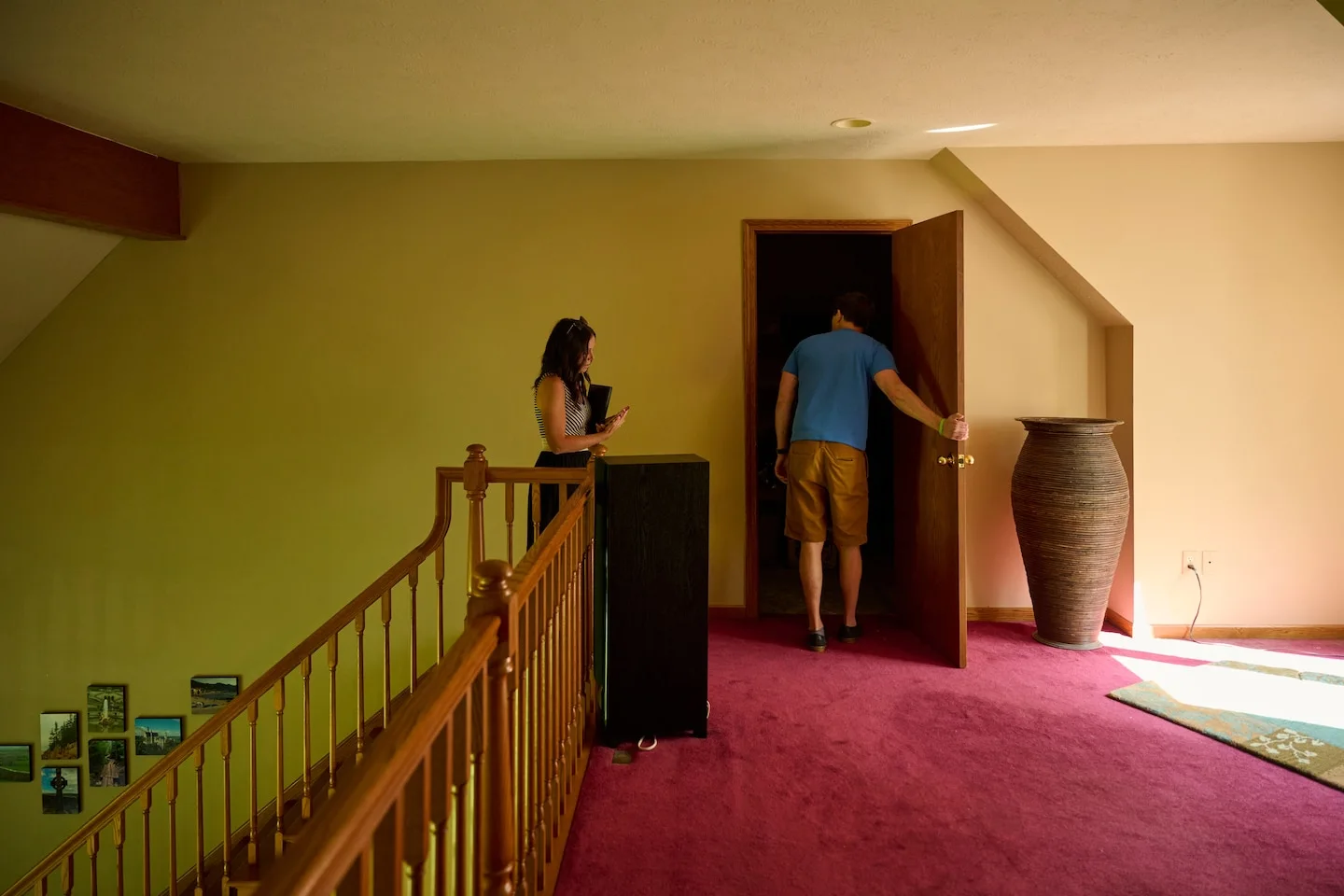After only a few months, Chris Swanson is sick of shopping for houses in what the 39-year-old calls a “dumpster fire” of a market for first-time buyers like himself.
Though he has a steady job and has paid off his student loans, it feels like he’s two decades too late: He missed out on rock-bottom interest rates, and homes are far more expensive. Landing on the one property that will fit his needs and his budget is daunting enough, but there’s also pressure to move fast. “I’m in that weird position,” said Swanson, a marketing professional from Mentor, Ohio.
Homeownership — the main driver of wealth for most Americans — is out of reach for large swaths of the population. But the pinch is most pronounced for millennials, who are buying homes at a slower pace than those before them. Baby boomers, in fact, represented the largest share of home buyers this year — a spot millennials had held since 2014 — according to research by the National Association of Realtors.
“Boomers are absolutely in the driver’s seat,” said Jessica Lautz, deputy chief economist at NAR, because they have built up home equity and can pay in cash. “Unfortunately, that has pushed many millennials to the sidelines.”
Those born between 1981 to 1996 have been called the “unluckiest generation.” Since entering the workforce, they’ve experienced the slowest economic growth of any age group. They’ve also been weighed down by student debt and child-care costs, Lautz said.
Rising interest rates and persistently high asking prices have further eroded their buying power. The median U.S. home sold for $416,100 in the second quarter of 2023, a 26 percent jump since early 2020, Federal Reserve data show. Median sales prices were significantly higher in the Northeast ($789,600) and the West ($547,900).
Meanwhile, the average 30-year, fixed-rate mortgage is now hovering near 7 percent, nearly three times the 2.6 percent recorded in early 2021.
As a result, first-time home buyers are older, with a median age of 36, Lautz said. That’s the oldest since NAR started keeping track in 1981, when it was 29. As the age climbed, she noted, the share of first-time home buyers sank to “historic lows.”
The high interest rates are “a real burden on young people who don’t have the high salaries of old folks like me,” said Joe Gyourko, 67, a professor of real estate at the University of Pennsylvania Wharton School. “You can’t get around it, and you’ve got to make a decision: Do I value the house enough?”



From what I have seen in my area, a lot of first time homebuyers are stuck buying houses that need a lot of work that flippers don’t even want to bother with.
The previous owners stopped fixing things because they were going to die or be put in a home and didn’t have money or didn’t care. I have had sellers straight up tell me that they won’t bother fixing anything and that it is the next person’s problem. They will only sell as-is.
That further hurts new homeowners because they are buying houses that need tons of work that require tons of money they don’t have, or they would have bought a nicer place. The decent homes are bought over asking by people looking to rent out or boomers who cashed out on equity to downsize and pay with cash.
New homes are all family homes and not starter homes, because builders make more money on bigger houses. Older starter homes are being demolished to build houses that are big as local laws allow on the plot, further reducing the starter home market availability.
The real estate market is clearly in a massive bubble that should have exploded in 2008, but was reinforced and inflated further. When it does finally pop, it gonna be bad.
Your area must be polar opposites than mine, then. I live in Southern California, which is extremely, ridiculously, competitive right now, and for the foreseeable future.
The old fixer uppers are typically estate sales from elderly that passed or moved to assisted living. They are generally fine, but outdated because the elderly owners didn’t renovate since they moved into the house 30+ years ago. They or their family isn’t going to bother updating it, and they don’t need to in this market.
Depending on the location, and the quality of the build, that means there can be some serious issues with the place too. I saw tons of houses up on hills that have clear signs of erosion causing the house to slope towards the hill. This isn’t an upkeep problem, but a problem with poor to mediocre build quality, with 50-70 years of age to expose these kinds of issues.
New homes are all comparatively small and built on top of each other with no yards, to maximize lot space. Most new construction I see are houses to close together, you can touch your exterior wall and your neighbor’s at the same time. Rooms are tiny so they can advertise more bedrooms, street parking sucks, and you’re at the mercy of an HoA.
Yeah, California has its own set of housing issues due to topography and the CoL.
I’m in the Midwest. New developments are 2500-3000sqft on .25ac for $500-600k+. They are demolishing ~1,500sqft homes on 0.14ac to put up 2,500-3000sqft homes that cost 3-4x as much in the older post-war neighborhoods. Street parking only is uncommon unless you are into the greater metro area. In both cases they have basements that are unfinished and get completed after the builder’s mortgage is switched over, so the sqft is higher than those figures in reality. Finding a starter home in the 200s is asking for outdated and disrepair. Houses in the 100s are out in the boonies and are nearly rehabs. Even mobile homes are 30-75k, may include meth contamination.
Covid pushed more of the city out into the burbs and really wrecked the affordable house market.